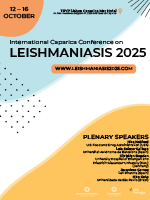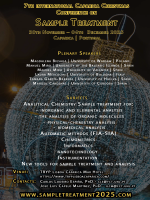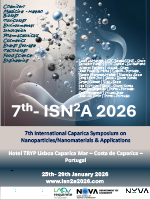Practical application of blood microsampling: an effective VAMS-based workflow for anabolic androgenic steroid analysis
DOI:
https://doi.org/10.5584/translationalchemistry.v1i1.238Keywords:
microsampling, volumetric absorptive microsampling, anabolic androgenic steroids, HPLC-MS/MS, anti-doping testingAbstract
Volumetric absorptive microsampling (VAMS) has emerged as a promising alternative to traditional biological sampling methods, providing a practical solution for high-precision steroid analysis while supporting its translation from analytical development to real-world applications in anti-doping workflows, forensic science and clinical testing. This study presents the development and optimization of a VAMS-based workflow for the detection and quantitation of anabolic androgenic steroids (AAS) in whole blood using high-performance liquid chromatography-tandem mass spectrometry (HPLC-MS/MS). The research primarily focuses on refining microsampling and pretreatment strategies, addressing critical parameters such as volumetric accuracy, extraction efficiency, haematocrit effect mitigation and matrix interference.
The proposed workflow enables reliable assessment of both endogenous and exogenous steroids, overcoming limitations associated with traditional urine and venous blood sampling. Experimental evaluations included assessments of sample homogeneity, recovery rates (88-95%), stability over time (up to 30 days) and the impact of haematocrit variability (-7–9%) on analyte quantification. Strategies for internal standard addition to VAMS were also optimized to further enhance analytical accuracy
By integrating advances in microsampling technology with high-throughput mass spectrometry analysis, this study bridges the gap between laboratory research and practical applications in anti-doping testing, forensic science and clinical bioanalysis. The findings support the implementation of VAMS as a minimally invasive, cost-effective and field-deployable tool for steroid detection in whole blood, highlighting its potential for broader applications in translational chemistry and personalized medicine.
Downloads
Published
Issue
Section
License
Copyright (c) 2025 Translational Chemistry – An Interface Journal

This work is licensed under a Creative Commons Attribution 4.0 International License.







